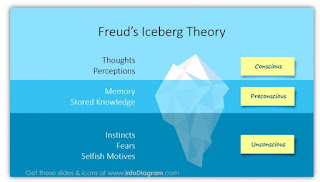ISO, Aperture and Light
ISO refers to setting the film speed on your camera; 'being able to change the film speed on your camera lets you match the sensitivity of the light sensor to the amount of readily available light', the photographic angle, 2017. ISO not only affects the amount of light that is exposed to the image, but it also affects how much noise is in the final image and the quality of the image. In general, you should try to use lower ISO whilst filming, ranging between 200 ISO and 400 ISO. Whilst you can use ISO to adjust to poorer light conditions, this negatively affects the final quality, so alternative lighting should be considered in these instances rather than just increasing your iso; it is better to adjust your aperture and shutter speed to control how much light enters your camera.
To demonstrate this, I decided to shoot both indoors and outdoors for around ten seconds. Outdoors, I used a low ISO at 100 to film due to high natural exposure to light and good weather on that day, whereas indoors, I shot in a low-light room using a higher ISO, ISO 1600.
I also changed my aperture alongside the ISO to further control how much light was available to the camera. The Aperture is "the opening in a lens through which light passes to enter the camera". This means that it is preferable to adjust your aperture in accordance to available light as opposed to adjusting the ISO alone. The higher the aperture is, the more light is allowed into the camera.
High ISO shooting at night with high aperture
When shooting high Iso at night, I found that the footage was much more grainy and a lot of noise was added to the final image. Because I didn't have a light source and relied solely on my camera's manual exposure settings, the image produced wasn't well properly exposed and the definition of the helicopter was completely lost to the poor light; if I am filming at night again, I will use film lights in order to properly expose my subject.
Shooting in Low Light with High ISO and Aperture
As shown in the still images below, the footage appears grainy and the overall quality is vastly reduced when shooting in a dimly lit setting and compensating appropriate lighting by adjusting how much light is being let into the camera rather than using a film light to light the composition in the scene. If I were to film in a dimly lit room again, I would use a three-point lighting rig consisting of a dominant light, a fill light and a back light to light my subject rather than relying solely on the camera.
Low ISO and Aperture
The still images below are taken from my test whilst shooting in ISO 200, it was a clear day, creating high-key lighting so that I didn't require any additional light sources. I found that the quality of the footage had far less noise than shooting using a higher ISO setting and that my compositions were well lit and defined within the shot.


Bibliography
- Mansurov,N., (2019) What is Aperture?, Photography Life, available from:https://photographylife.com/what-is-aperture-in-photography





Comments
Post a Comment